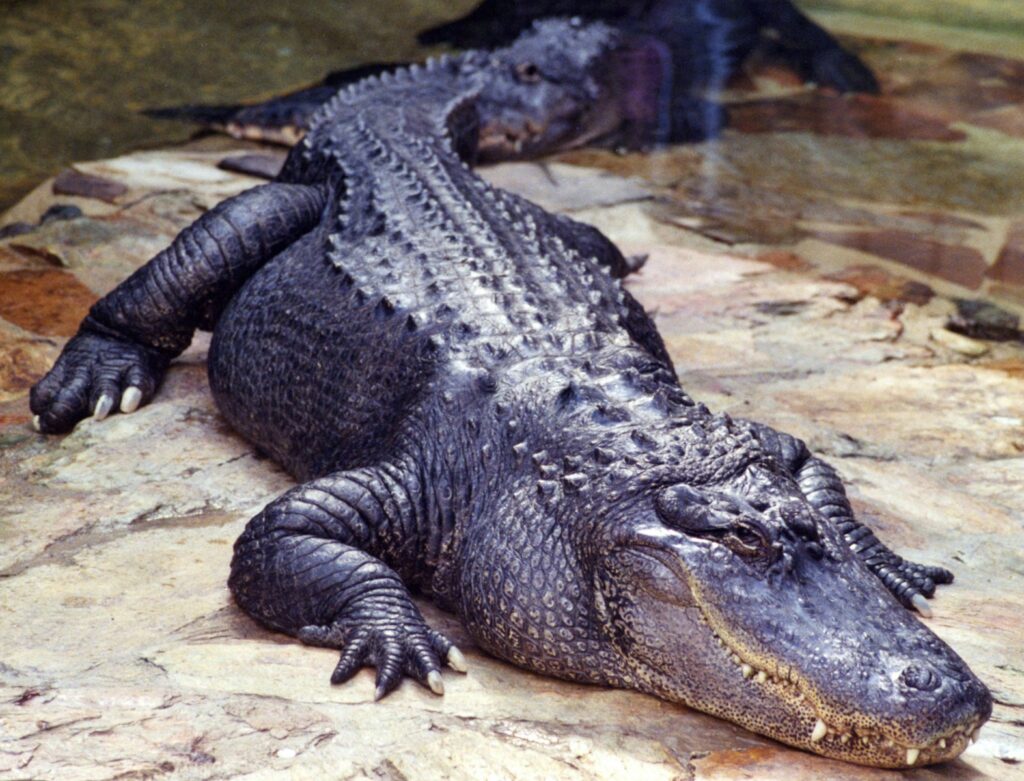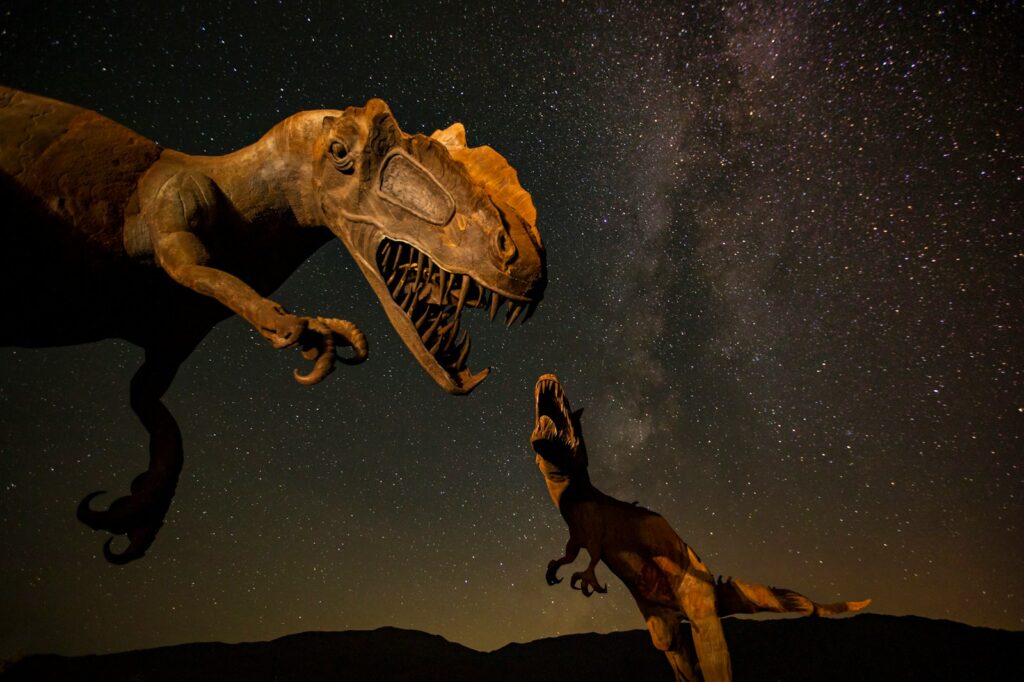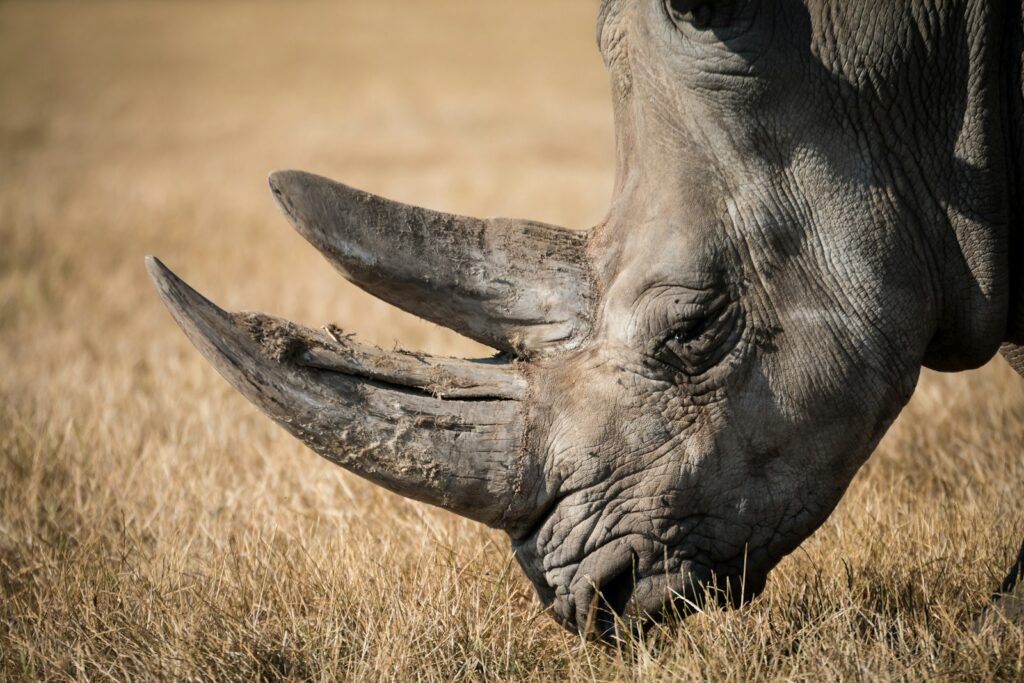When we think about dinosaurs, we often imagine them roaming prehistoric landscapes under the ancient sun. Just like modern animals, these massive creatures spent considerable time outdoors, exposed to solar radiation. Yet unlike humans who reach for sunscreen before a day at the beach, dinosaurs had to rely on evolutionary adaptations to protect themselves from harmful ultraviolet rays. The question of how dinosaurs avoided sunburn offers fascinating insights into prehistoric biology and evolutionary adaptations. Through examining fossil evidence, comparing modern relatives, and applying our understanding of evolutionary biology, scientists have developed several compelling theories about dinosaur sun protection strategies.
The Ancient Sun: Was It Different?

The sun that shone on dinosaurs was essentially the same star we know today, though Earth’s atmosphere has changed over time. During the Mesozoic Era (252-66 million years ago), atmospheric composition differed somewhat from our modern air, with higher carbon dioxide levels and slightly different oxygen concentrations. However, these differences didn’t significantly alter UV radiation levels reaching Earth’s surface. Dinosaurs faced similar solar challenges to modern animals, requiring effective protection against potential sun damage. Some paleoclimatologists suggest that certain periods within the dinosaur reign may have experienced slightly higher UV exposure due to atmospheric conditions, making sun protection even more critical for survival.
Scales as Solar Shields

One of dinosaurs’ primary defenses against harmful sun exposure was their scaly skin. Unlike human skin, which is relatively thin and vulnerable to UV damage, dinosaur scales provided a tough, protective covering. These scales, composed primarily of keratin (the same protein found in human fingernails), created an effective barrier against solar radiation. The structure and arrangement of scales varied significantly between dinosaur species, potentially offering different levels of UV protection. Fossil evidence reveals intricate scale patterns that may have evolved partly as responses to environmental pressures, including sun exposure. In many ways, dinosaur scales functioned similar to the protective armor worn by medieval knights, though their primary evolutionary purpose was likely broader than just sun protection.
Feathered Dinosaurs and UV Protection

The discovery that many dinosaurs possessed feathers has revolutionized our understanding of these creatures, including how they might have protected themselves from the sun. Feathers likely served multiple functions, from display to insulation, but they would have also provided excellent sun protection. Modern birds use their feathers as effective shields against UV radiation, and feathered dinosaurs likely benefited similarly. The intricate structure of feathers creates multiple layers of protection, deflecting and absorbing harmful rays before they can damage sensitive skin. For dinosaurs like Velociraptor and its relatives, colorful feather coverings may have simultaneously served as solar protection and visual displays for attracting mates. Some paleontologists theorize that feather evolution might have been partially driven by the advantages of improved sun protection, especially in habitats with intense solar exposure.
Dinosaur Melanin: Nature’s Sunscreen

Remarkable advances in paleontology have allowed scientists to detect traces of melanin in some fossilized dinosaur remains. Melanin, the same pigment that gives human skin its color and protection against UV damage, likely played a similar role in dinosaurs. Higher concentrations of melanin would have provided better protection against solar radiation. Studies of fossilized dinosaur skin suggest that many species had darker coloration in areas most exposed to the sun, similar to how many modern reptiles and birds show darker pigmentation on their backs and lighter coloration underneath. This distribution of melanin would have maximized protection where it was most needed while allowing for thermoregulation through lighter-colored underparts. The presence of melanin also suggests that dinosaurs, like modern animals, had evolved biologically effective responses to environmental challenges like UV exposure.
Behavioral Adaptations: Seeking Shade

Beyond physical adaptations, dinosaurs likely employed behavioral strategies to avoid excessive sun exposure. Modern reptiles are known to thermoregulate by moving between sunny and shaded areas, and dinosaurs probably exhibited similar behaviors. During the hottest parts of the day, many dinosaur species may have sought refuge in forests, caves, or other sheltered locations. Some paleontologists suggest that certain dinosaur migration patterns might have been influenced not just by food availability but also by seasonal changes in sun intensity. Large herbivores like Diplodocus could have used their long necks to reach food in shaded forest interiors while keeping their bodies protected from direct sunlight. These behavioral adaptations would have complemented physical features like scales and feathers in providing comprehensive sun protection.
Evidence from Modern Relatives

Birds and crocodilians, the closest living relatives of dinosaurs, offer valuable insights into how their extinct cousins might have dealt with sun exposure. Modern birds have sophisticated mechanisms for protecting themselves from UV radiation, including special oil secretions they spread through their feathers during preening. These oils contain compounds that absorb UV light, effectively serving as natural sunscreen. Crocodilians, meanwhile, bask in the sun but avoid overexposure through behavioral thermoregulation and protective scales. The shared evolutionary heritage between these modern animals and dinosaurs suggests similar protection mechanisms may have existed in the latter. Some researchers have even found evidence of specialized oil-producing glands in certain dinosaur fossils, hinting at comparable adaptations for solar protection.
Dinosaur Habitats and Sun Exposure

The diverse habitats dinosaurs occupied would have presented varying levels of UV challenge, likely driving different adaptive responses. Forest-dwelling dinosaurs, shaded by ancient canopies, faced less direct sunlight than those living in open plains or deserts. Paleoenvironmental studies suggest that different dinosaur species evolved sun protection strategies appropriate to their specific habitats. Those in high-altitude or equatorial environments, where UV radiation is more intense, likely developed more robust protection mechanisms. Fossil evidence indicates certain desert-dwelling dinosaurs had particularly thick, overlapping scales that would have provided enhanced sun protection. The correlation between habitat and protective adaptations represents a classic example of evolutionary responses to environmental pressures.
The Role of Body Size in Sun Protection

The enormous size of many dinosaurs may have contributed to their sun protection strategy through simple physics. Larger bodies have a lower surface-area-to-volume ratio, meaning proportionally less skin exposed to the sun relative to total body mass. This physical principle would have given larger dinosaurs an inherent advantage in managing sun exposure compared to smaller creatures. Additionally, the thermal inertia of massive bodies would have slowed the absorption of heat from the sun, providing a buffer against rapid temperature changes. For gigantic sauropods like Brachiosaurus or Argentinosaurus, their massive bulk may have served as a built-in sun protection mechanism. Some paleobiologists suggest that the evolution of extreme body sizes in certain dinosaur lineages may have been partly influenced by the advantages of reduced relative sun exposure.
Specialized Structures for Sun Protection

Some dinosaurs developed specialized anatomical features that may have served, at least in part, as sun protection. The elaborate frills of ceratopsians like Triceratops, while primarily evolved for display and species recognition, could have doubled as sun shades for the body. Similarly, the tall neural spines of dinosaurs like Spinosaurus and Ouranosaurus supported sail-like structures that likely served multiple functions, potentially including shade provision. The bony plates along the backs of Stegosaurs have long been theorized to play a role in thermoregulation and could have also provided localized shade for the animal’s body. These remarkable structures, while evolved for multiple purposes, demonstrate how dinosaurs developed complex, multifunctional adaptations that likely included sun protection benefits.
Seasonal Adaptations and Molting

Modern reptiles and birds often undergo seasonal changes in their skin or feather coverings, and dinosaurs likely exhibited similar adaptations. Fossil evidence suggests many dinosaur species shed and replaced their scales or feathers periodically, potentially adjusting their coverage based on seasonal sun intensity. During periods of more intense sunlight, dinosaurs might have developed denser feather coverings or thicker scales. Conversely, during seasons with less solar intensity, they might have reduced these coverings to optimize thermoregulation. Some exceptionally preserved fossils show evidence of different feather densities across seasons, supporting this theory. This dynamic response to changing environmental conditions would have provided dinosaurs with flexible, year-round protection against variable sun exposure.
The Evolution of Dinosaur Sun Protection

The mechanisms dinosaurs used to protect themselves from the sun didn’t appear overnight but evolved gradually over millions of years through natural selection. Early dinosaurs likely had basic scales similar to their reptilian ancestors, with more specialized adaptations developing later as species diversified. The evolution of feathers represented a major advancement in sun protection capability, initially appearing in small theropod dinosaurs before spreading to various lineages. As dinosaurs colonized different habitats and ecological niches, their sun protection strategies diversified accordingly. Fossil evidence from different geological periods shows a progression of increasingly sophisticated scale patterns and structures through time. This evolutionary timeline illustrates how dinosaurs continuously adapted to environmental challenges throughout their 165-million-year reign on Earth.
What Modern Science Reveals About Prehistoric Sunburn

Cutting-edge scientific techniques are providing new insights into how dinosaurs protected themselves from the sun. Scanning electron microscopy of fossilized skin samples reveals microscopic details of scale structure that suggest specialized adaptations for deflecting UV radiation. Chemical analysis of preserved organic compounds in exceptionally preserved fossils has identified molecules similar to those used by modern animals for sun protection. Biomechanical modeling allows scientists to understand how structures like plates, frills, and sails might have created shade patterns on dinosaur bodies. Comparative genomics between birds, crocodilians, and other reptiles helps identify genes related to UV protection that likely existed in their dinosaur ancestors. These scientific advances continue to refine our understanding of how dinosaurs successfully managed sun exposure in prehistoric environments.
Implications for Dinosaur Behavior and Ecology

The strategies dinosaurs employed for sun protection would have influenced many aspects of their behavior and ecological relationships. Daily activity patterns were likely shaped partly by sun avoidance, with many species potentially being most active during dawn, dusk, or nighttime hours when solar radiation was less intense. Habitat selection would have been influenced by available shade, potentially affecting migration routes and territorial boundaries. Social behaviors, like herding or nesting in specific locations, may have been partially motivated by optimal sun exposure management. Competition for shaded areas during extreme heat periods could have influenced dinosaur social hierarchies and resource distribution. Understanding how dinosaurs managed sun exposure provides valuable context for interpreting the broader patterns of their behavior and ecological relationships preserved in the fossil record.
Lessons from Dinosaur Sun Protection

The strategies dinosaurs evolved to protect themselves from solar radiation hold relevance beyond paleontological curiosity. The natural solutions developed through millions of years of evolution offer potential inspiration for human technologies. Biomimetic research examining the structure of dinosaur scales and feathers could inform the development of new UV-protective materials or clothing designs. Understanding how large animals managed heat and sun exposure in warming Mesozoic climates may provide insights relevant to modern wildlife conservation in the face of climate change. The evolutionary success of dinosaurs in managing environmental challenges demonstrates the remarkable adaptability of life on Earth. By studying how these ancient creatures protected themselves from the sun, we gain a deeper appreciation for the ingenuity of natural selection and the complex relationship between organisms and their environment.
Conclusion

Dinosaurs employed a sophisticated combination of physical, biological, and behavioral adaptations to protect themselves from harmful solar radiation. From scales and feathers to melanin and shade-seeking behaviors, these prehistoric creatures developed effective strategies for sun protection that contributed to their evolutionary success. As our scientific understanding continues to advance through new fossil discoveries and analytical techniques, we gain ever more detailed insights into how dinosaurs managed environmental challenges, including sun exposure. The remarkable story of dinosaur sun protection reminds us that even the most fundamental biological challenges have driven complex and fascinating evolutionary responses throughout Earth’s history.



